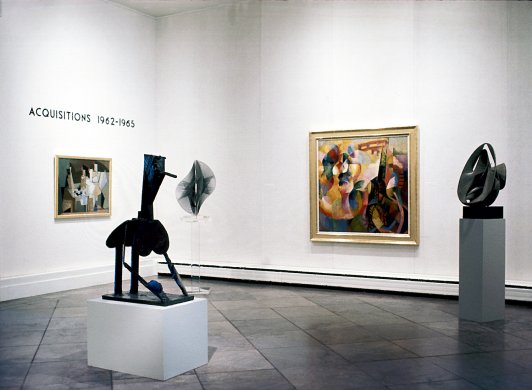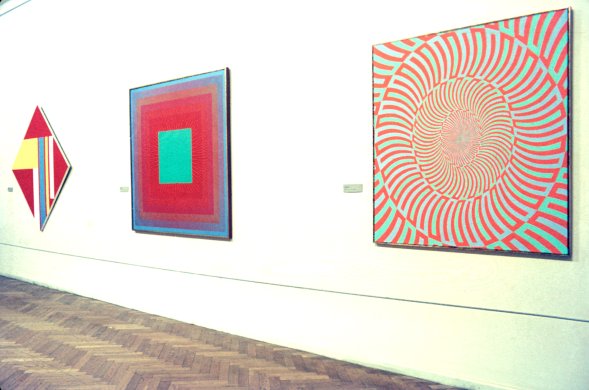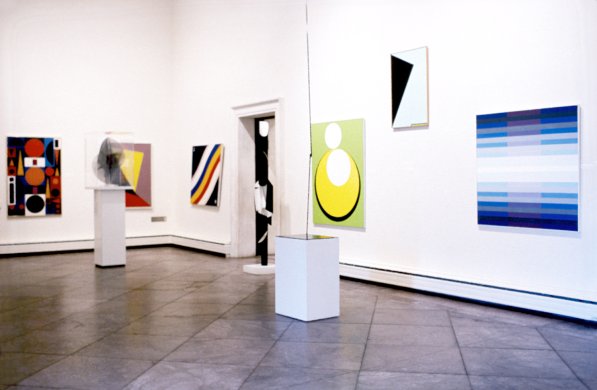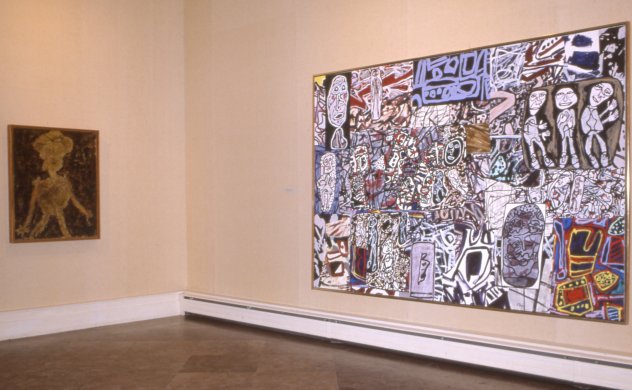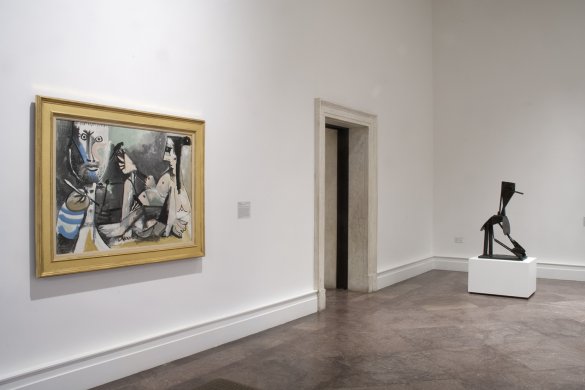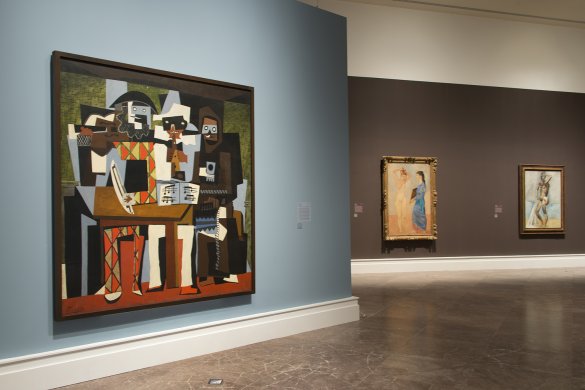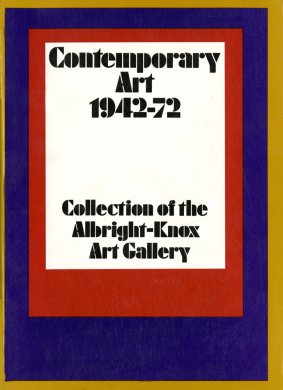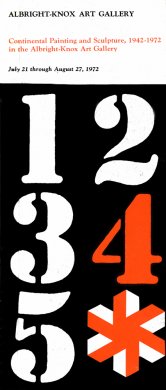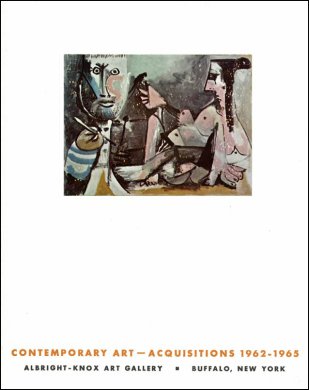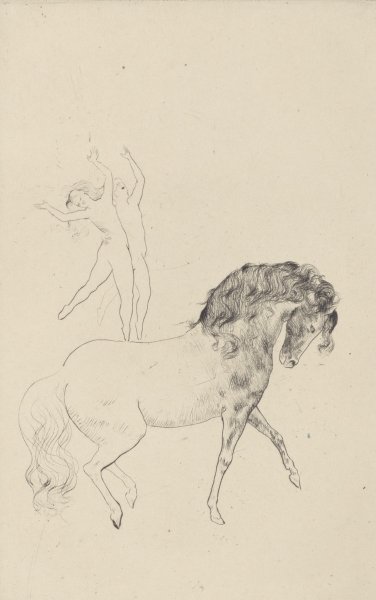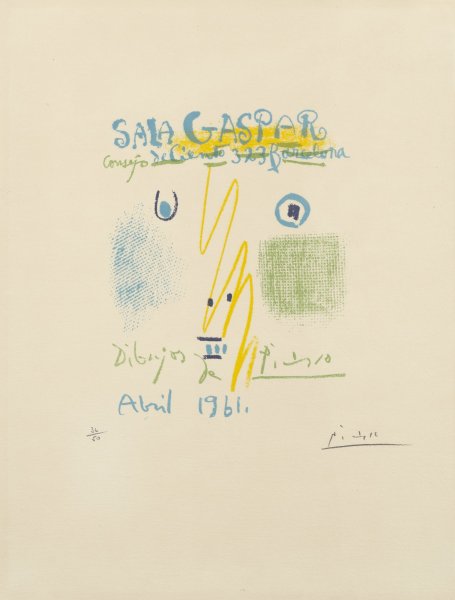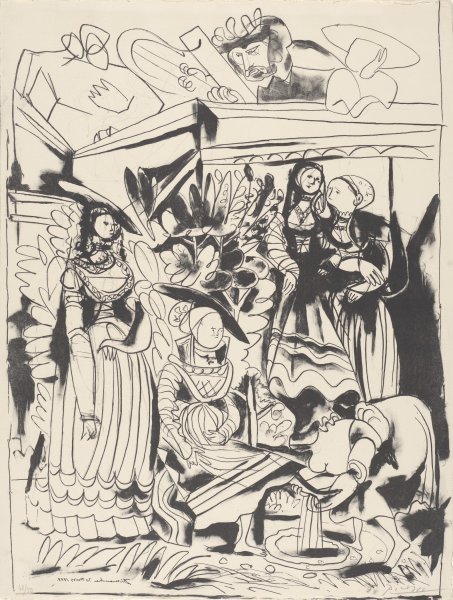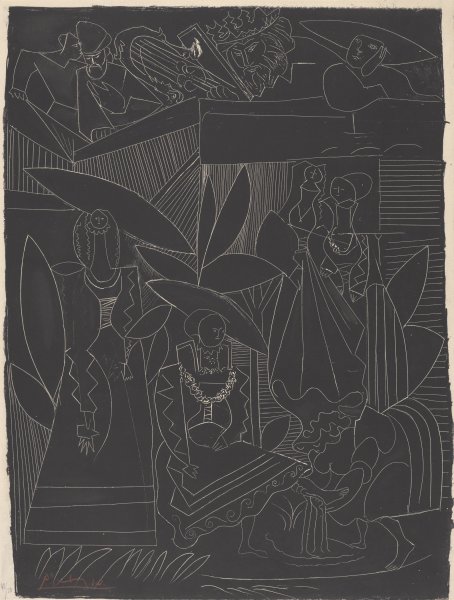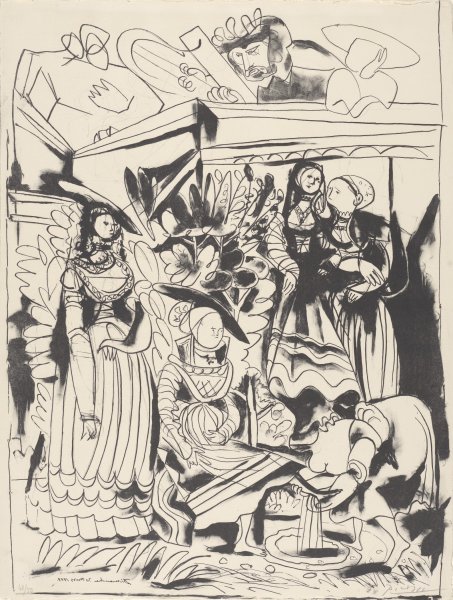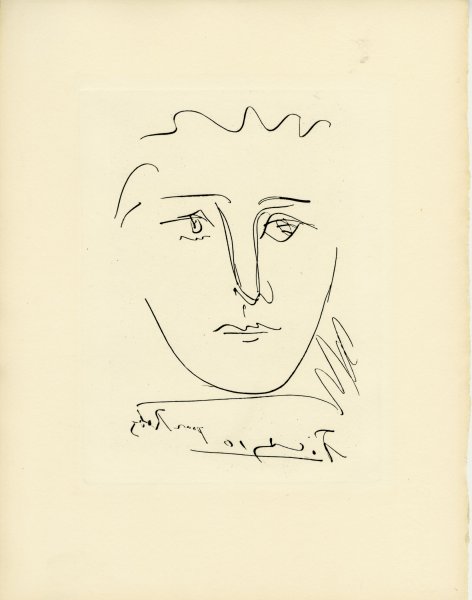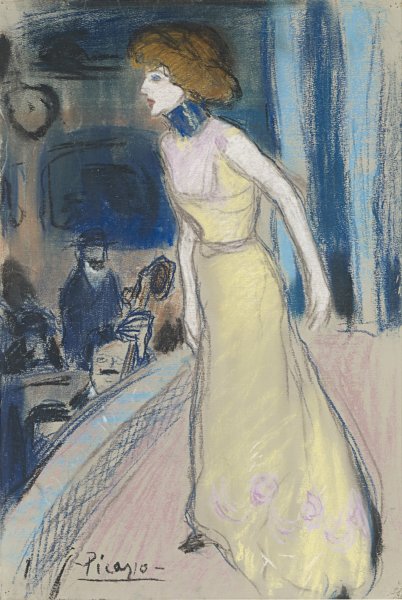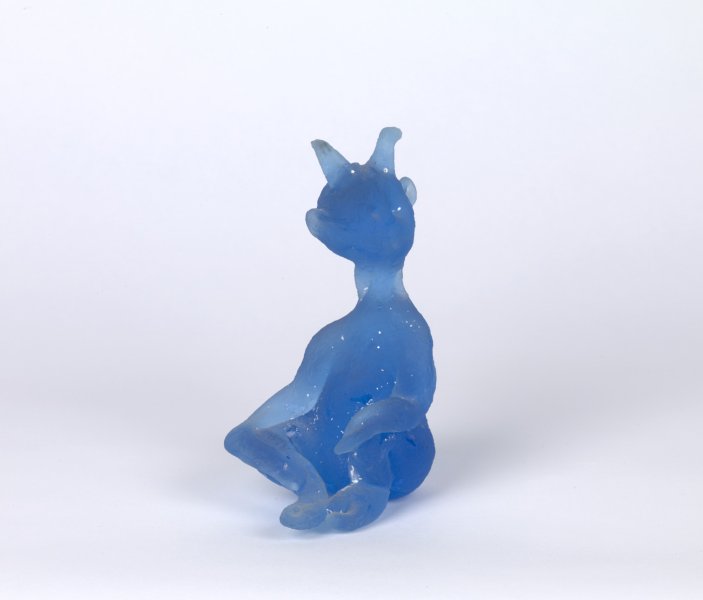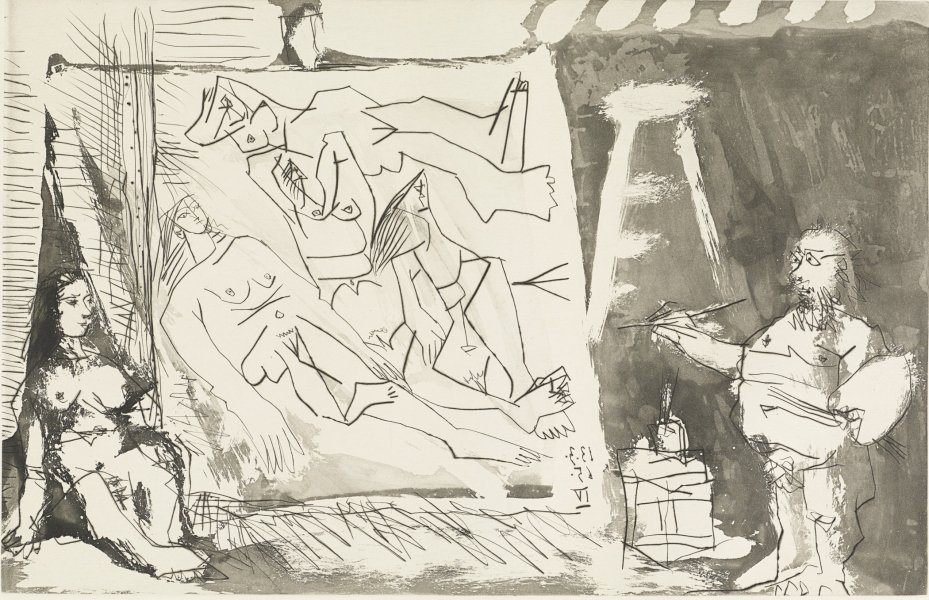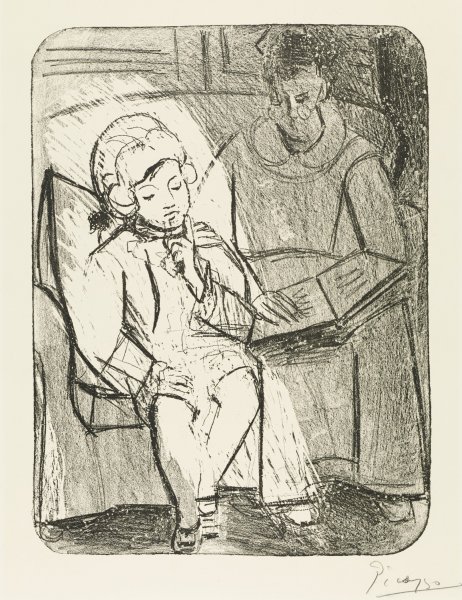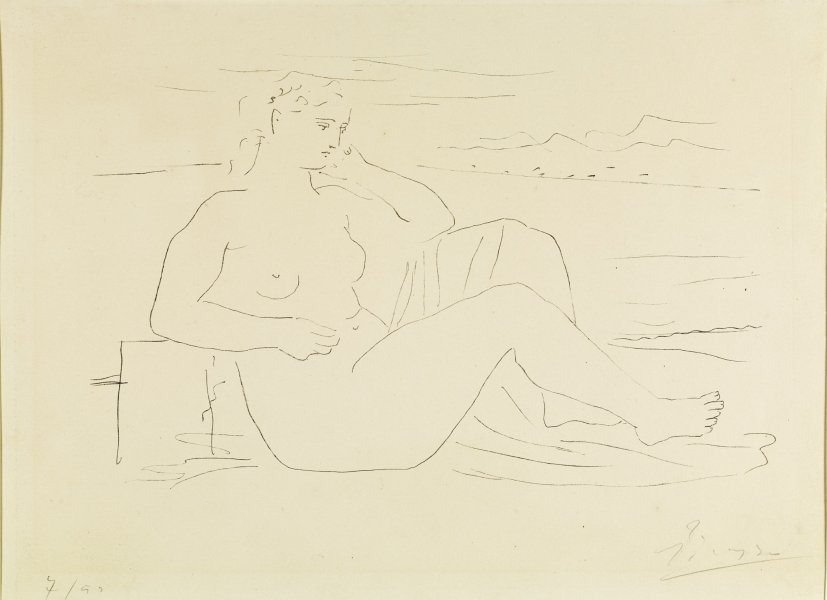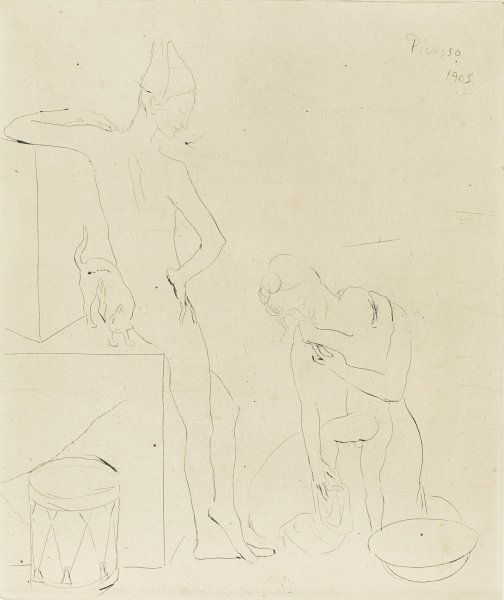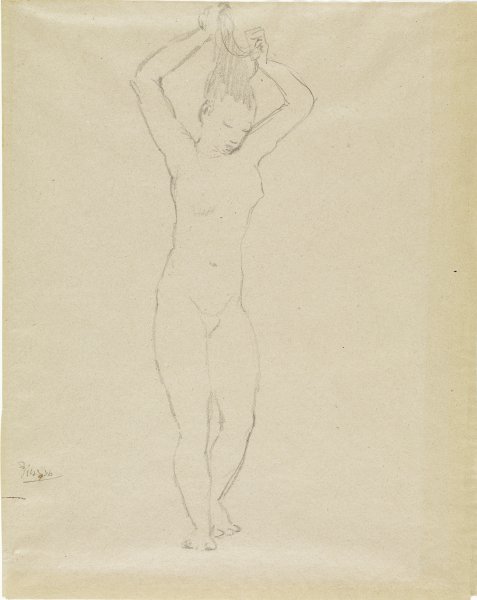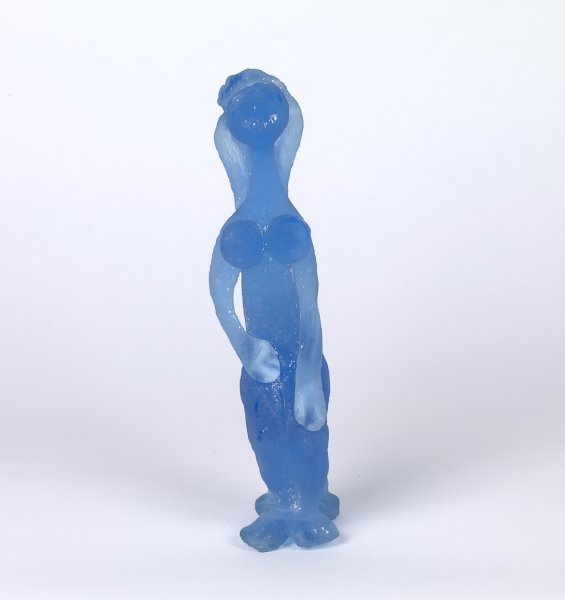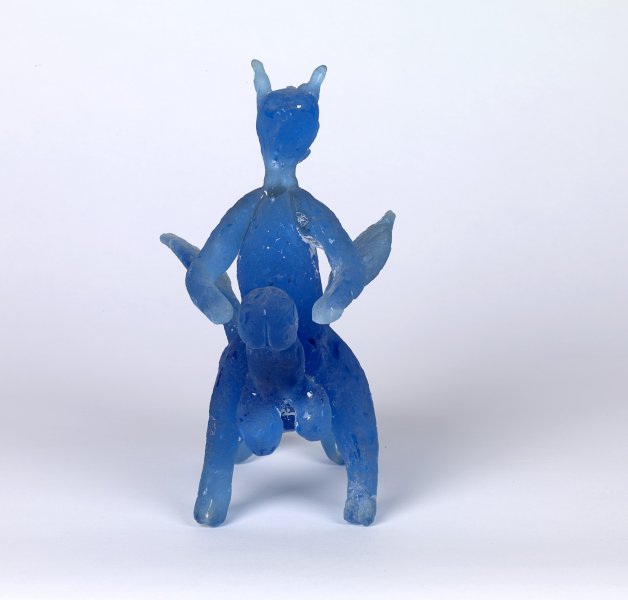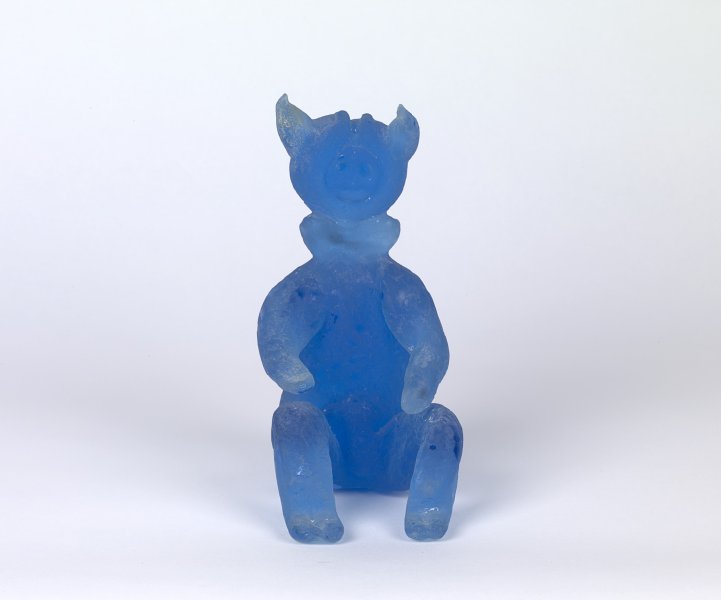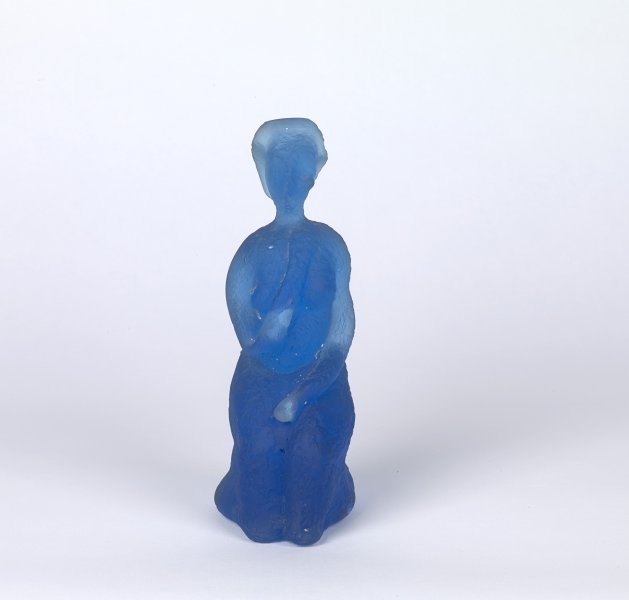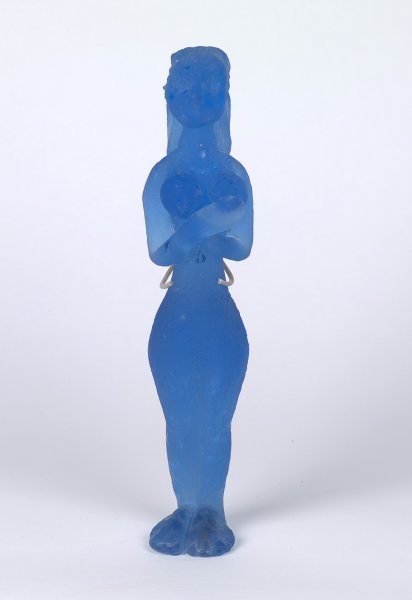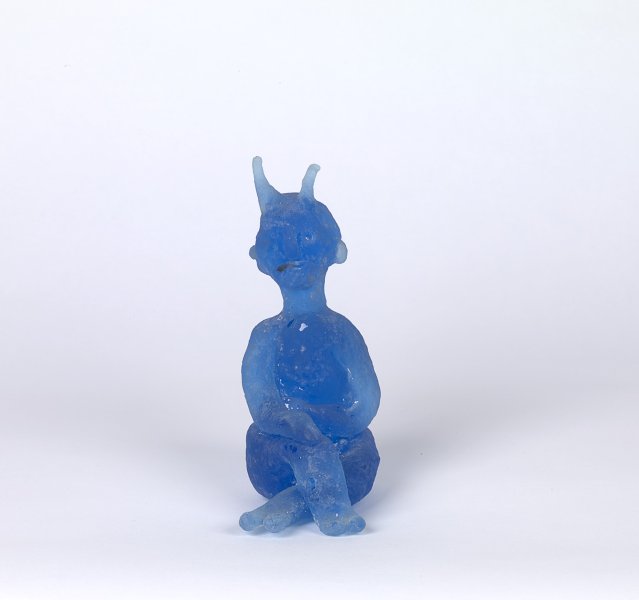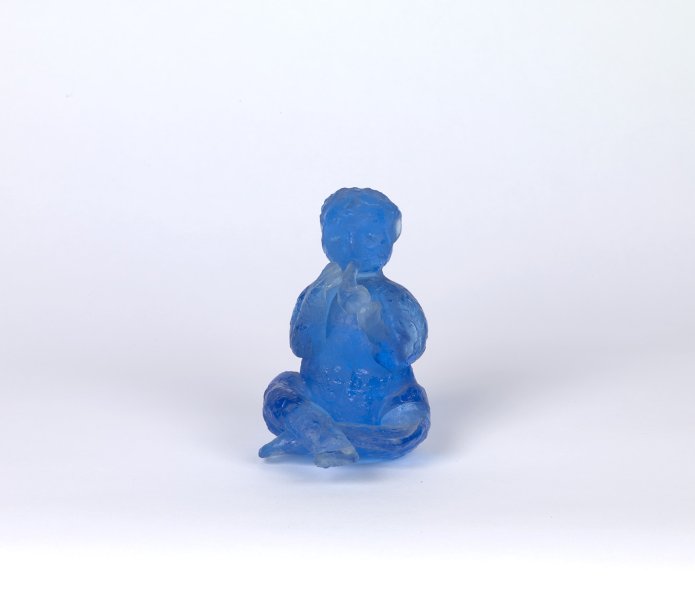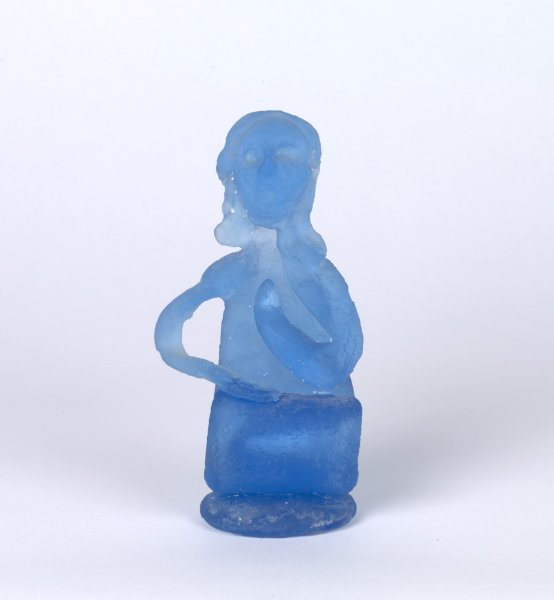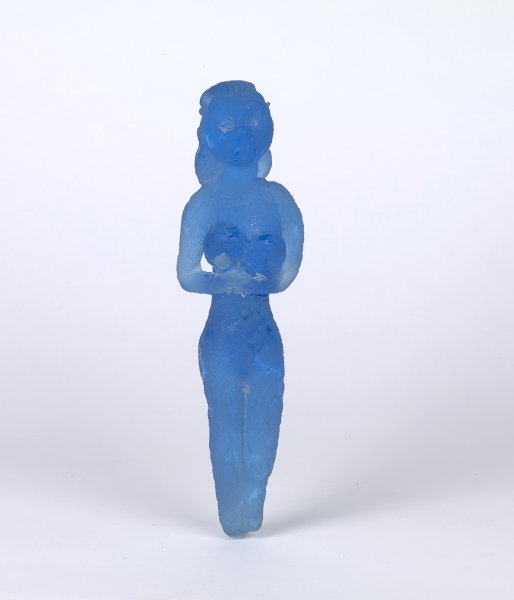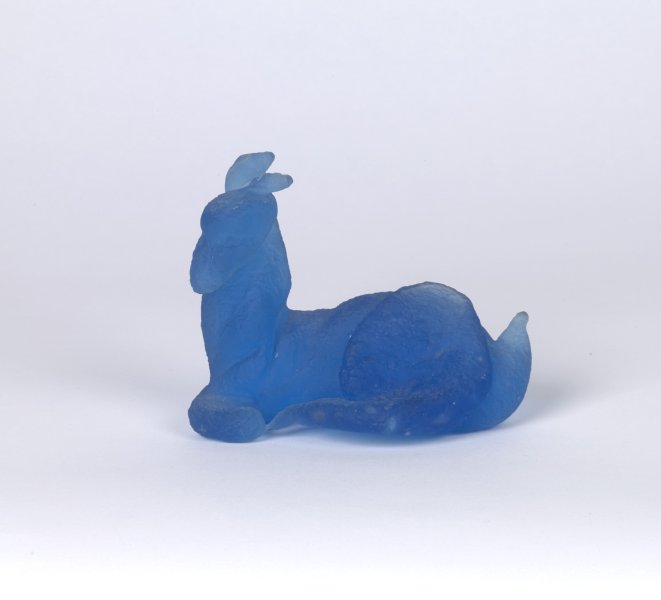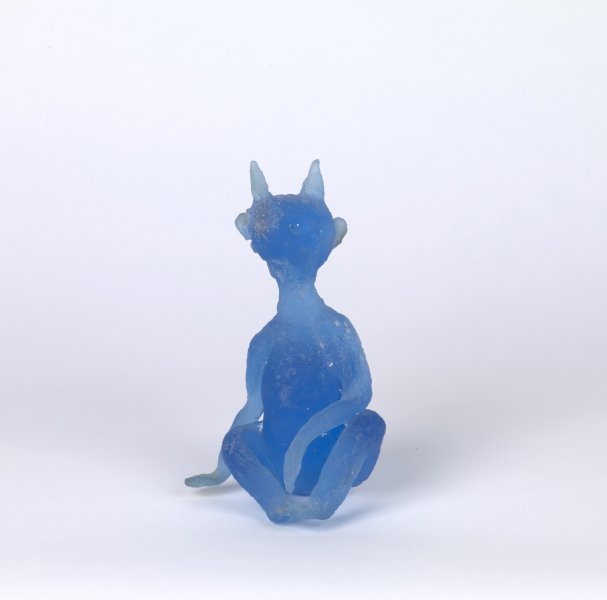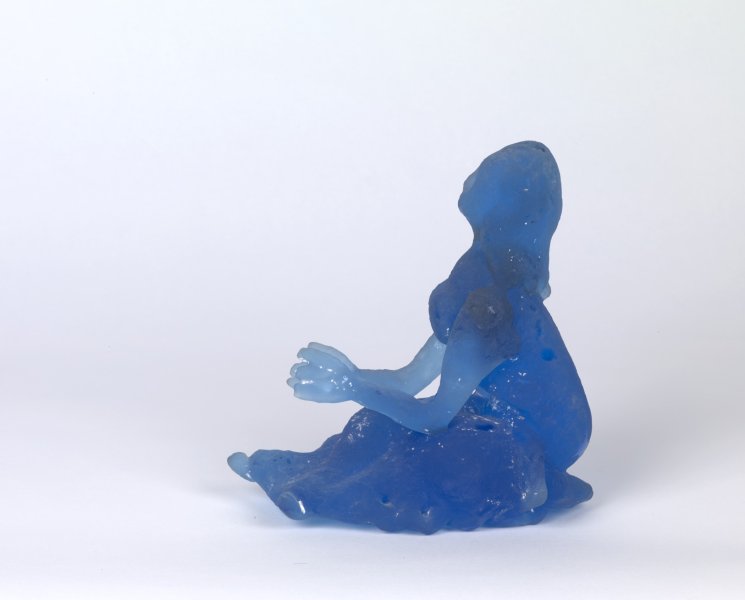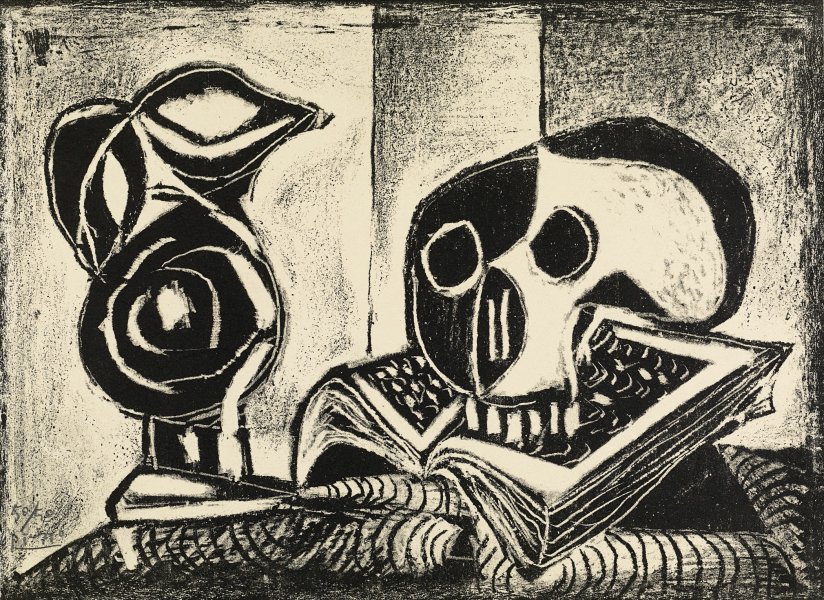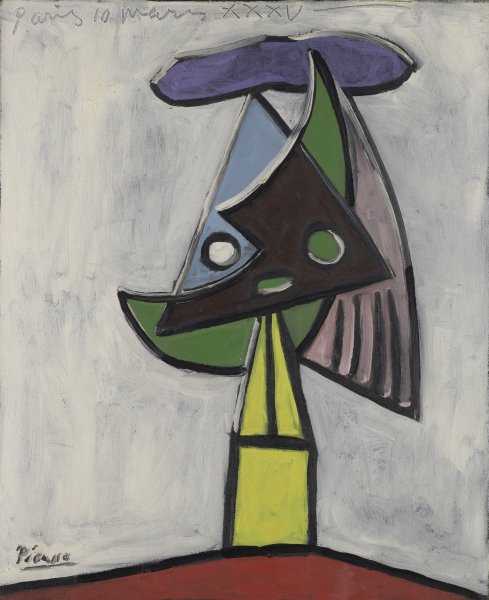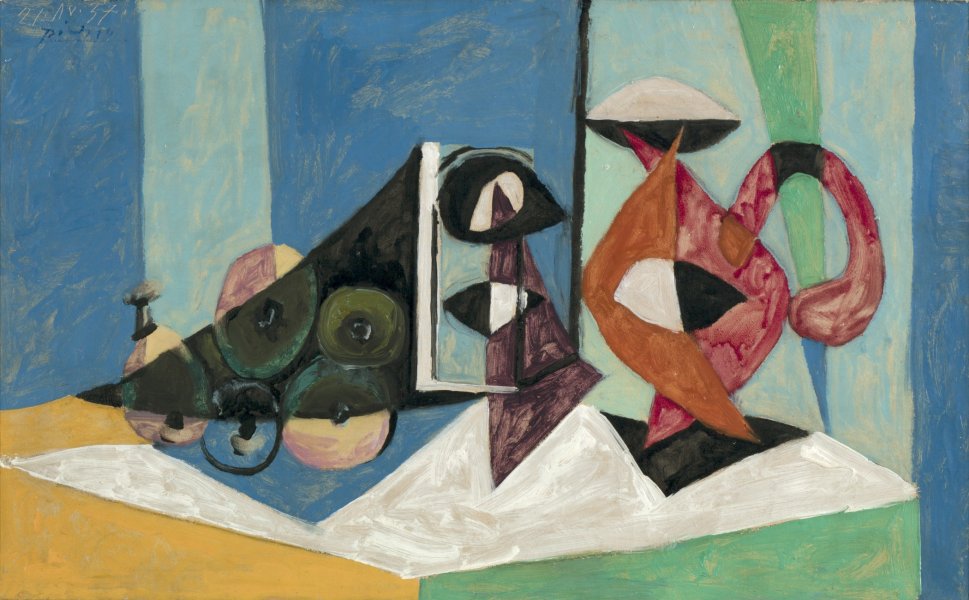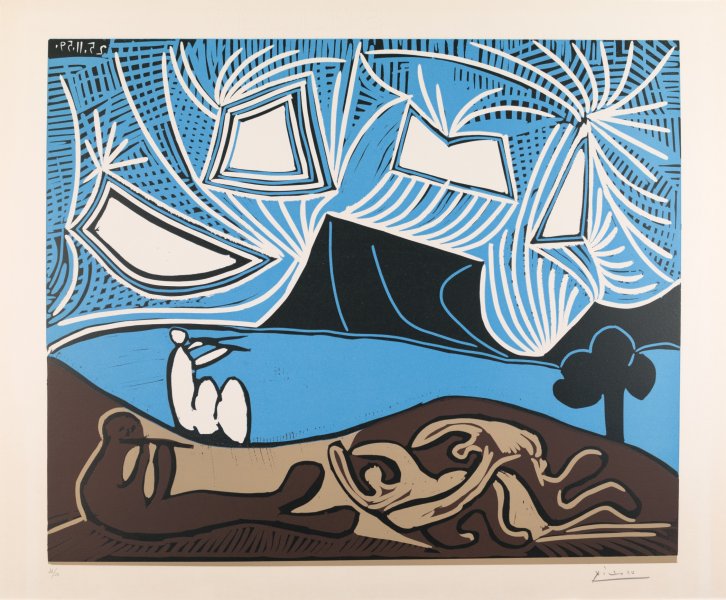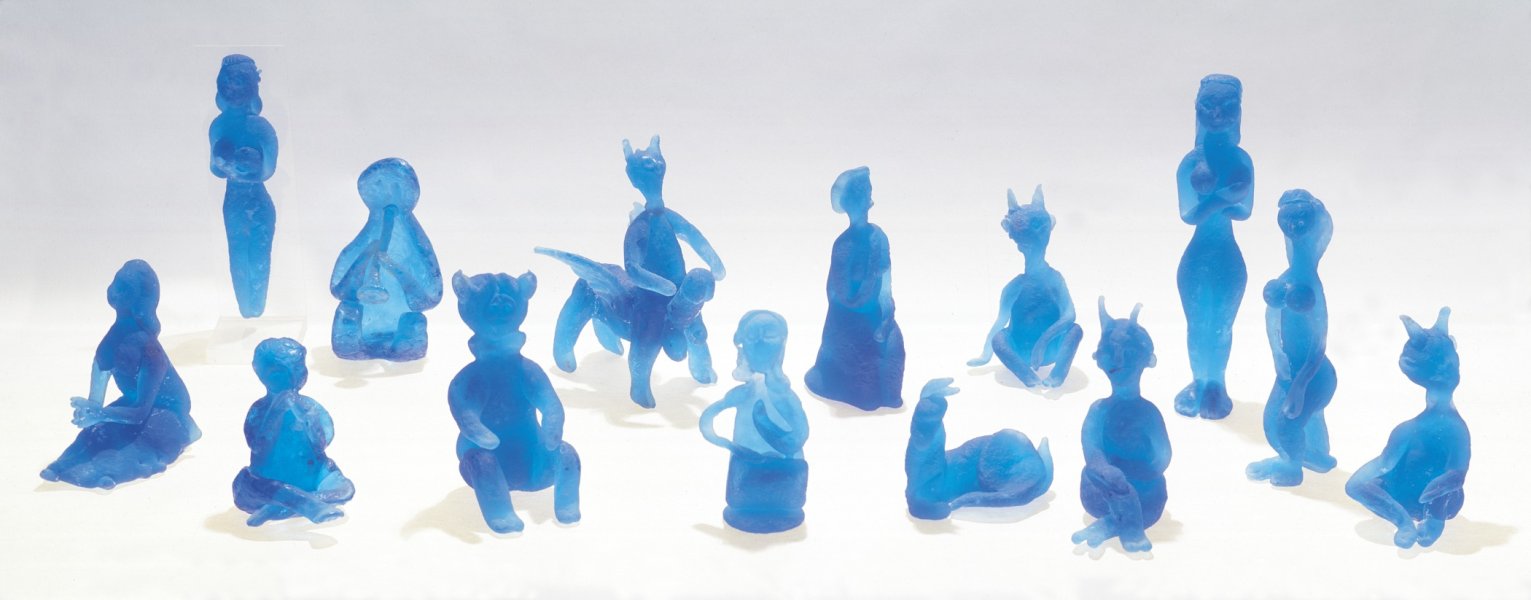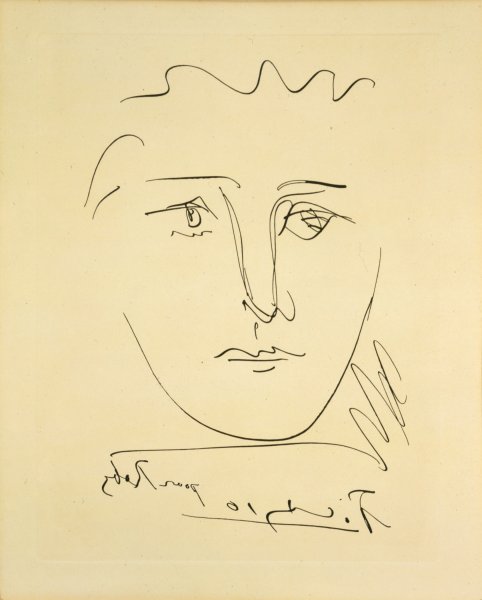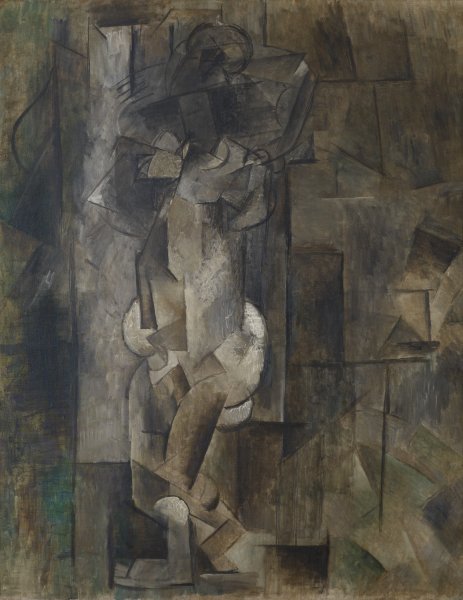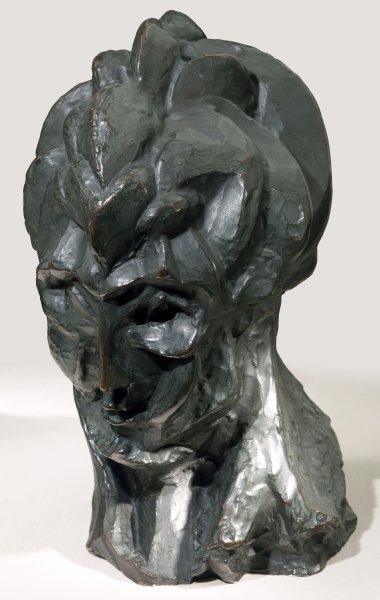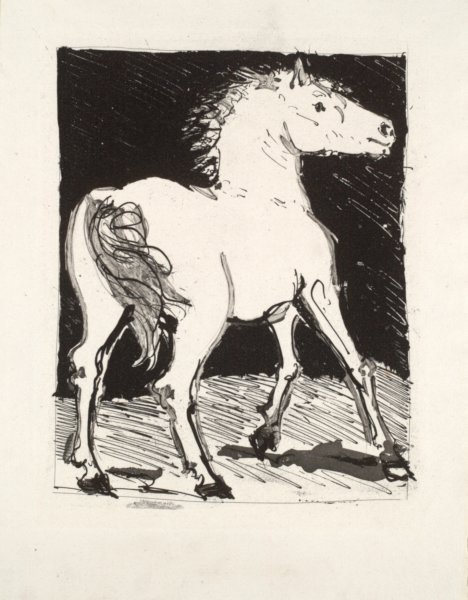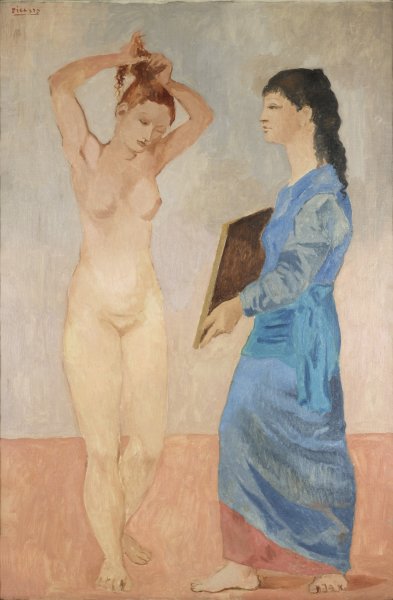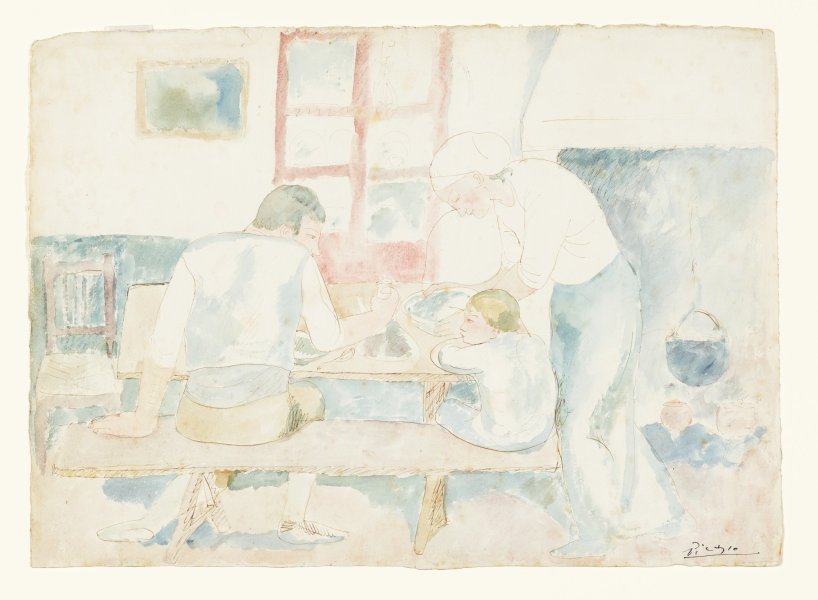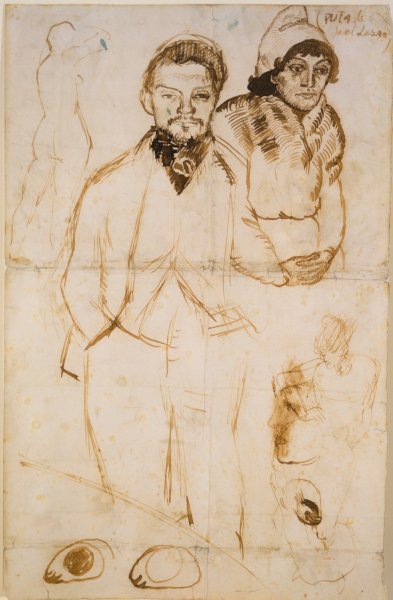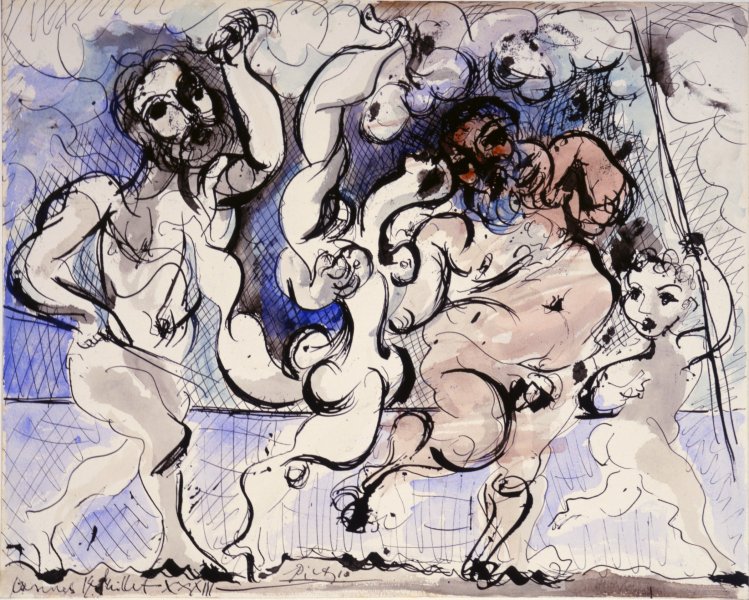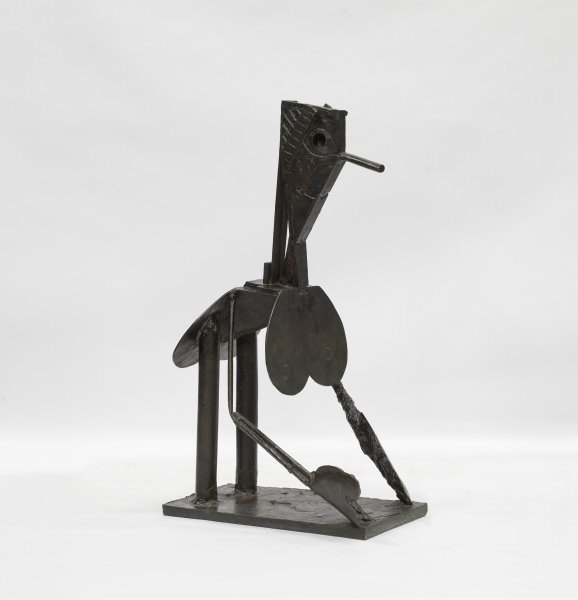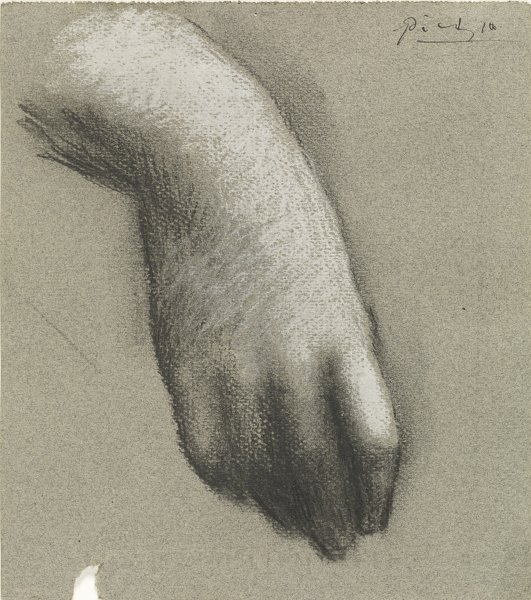Pablo Picasso
Spanish, 1881-1973
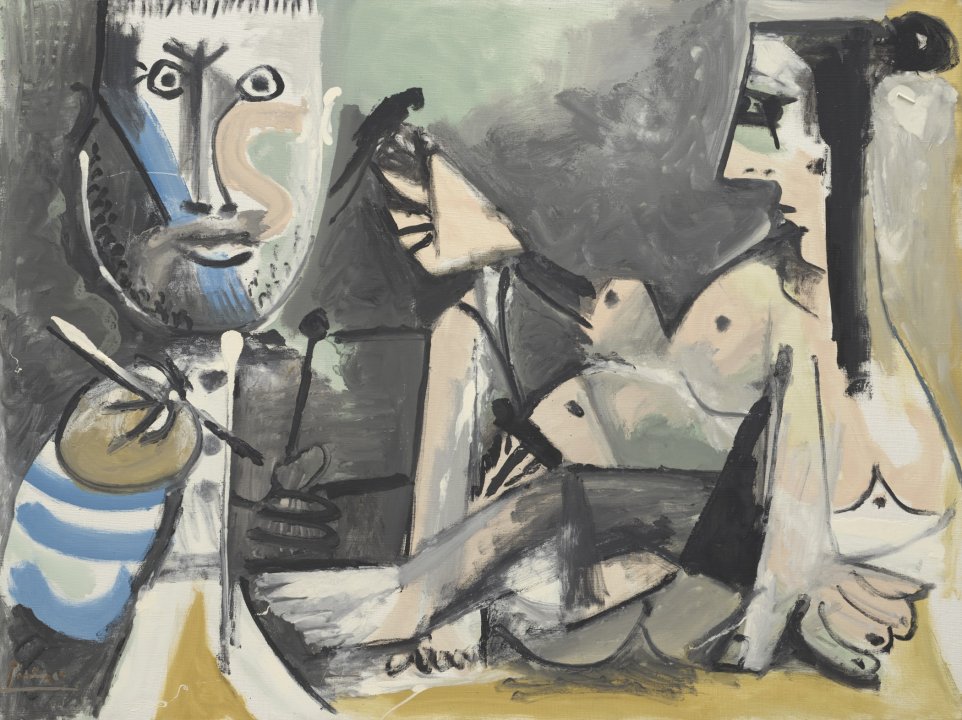
© Succession Picasso / Artists Rights Society (ARS), New York
Image downloads are for educational use only. For all other purposes, please see our Obtaining and Using Images page.
Search the Site


© Succession Picasso / Artists Rights Society (ARS), New York
Image downloads are for educational use only. For all other purposes, please see our Obtaining and Using Images page.

© Succession Picasso / Artists Rights Society (ARS), New York
Image downloads are for educational use only. For all other purposes, please see our Obtaining and Using Images page.

© Succession Picasso / Artists Rights Society (ARS), New York
Image downloads are for educational use only. For all other purposes, please see our Obtaining and Using Images page.
The Artist and His Model, 1964
Artwork Details
Materials
oil on canvas
Measurements
support: 38 1/8 x 51 1/4 inches (96.8375 x 130.175 cm); framed: 49 1/2 x 62 5/16 x 3 5/8 inches (125.73 x 158.27 x 9.21 cm)
Collection Buffalo AKG Art Museum
Credit
Gift of The Seymour H. Knox Foundation, Inc., 1965
Accession ID
1965:19
Inscriptions:
Object Classifications:
Work Type:
Information may change due to ongoing research. Glossary of Terms
As early as 1927, Pablo Picasso began to explore the theme of the artist in his studio. He returned to it often, sometimes employing the motif in an autobiographical way. In certain instances, including this painting, Picasso painted himself as the artist, and the models he depicted often reflected his love interest at the time. Here, the artist’s second wife, Jacqueline Roque (French, 1927–1986), assumes the role of the languid, reclining model. She gazes at a parakeet in her hand, which symbolizes life itself. The exceedingly comfortable eroticism of her pose embodies Picasso’s reflections on the creative process and the ways in which a muse can serve as both creative inspiration and sensual object.
Label from Picasso: The Artist and His Models, November 5, 2016–February 19, 2017
Related Content
Related Exhibitions
{title} slider controls
Related Publications
{title} slider controls
Other Works by This Artist
No image available,
but we’re working on itNo image available,
but we’re working on itNo image available,
but we’re working on itNo image available,
but we’re working on itNo image available,
but we’re working on itNo image available,
but we’re working on itNo image available,
but we’re working on itNo image available,
but we’re working on itNo image available,
but we’re working on it
